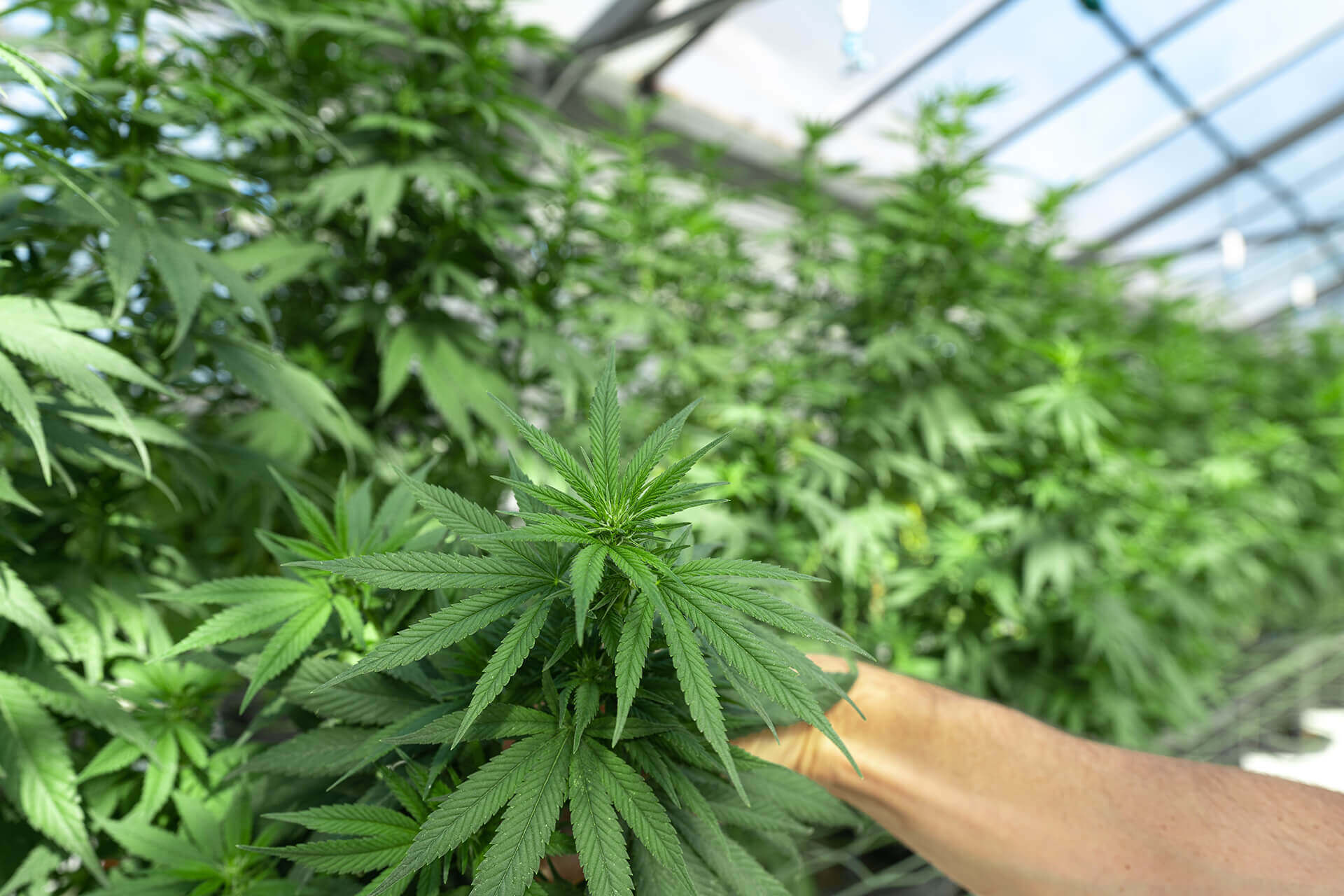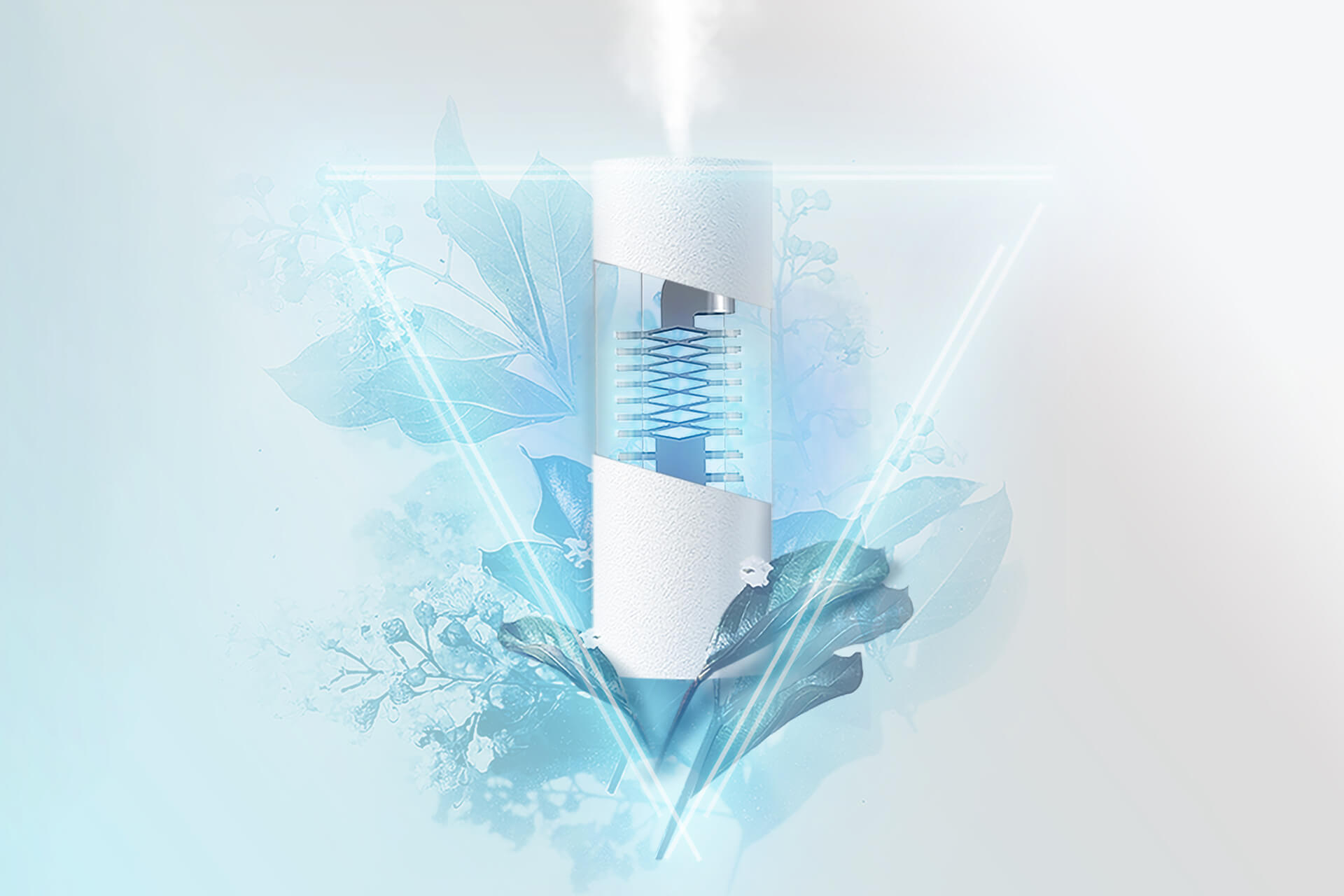When it comes to the compounds found in cannabis, we have discussed various cannabinoids, like THC (tetrahydrocannabinol) and CBD (cannabidiol), and how they contribute to your vaping experience. Terpenes are not as popular as cannabinoids, likely due to their lack of psychoactive effects. They are the compounds that give cannabis plants their flavor, so they are a highly important part of cannabis consumption.
We have also mentioned that when full-spectrum cannabis products, rather than cannabinoid isolate oil or extract, are consumed, the different cannabinoids work together to produce an “entourage effect”. This creates a smoother yet powerful high that is enjoyable, but difficult to reproduce synthetically. The “entourage effect” of cannabis is not just attributed to cannabinoids, however, but also terpenes. Given the various functions of terpenes, we will take a closer look at these underrated yet essential compounds in this article.
Terpenes and Cannabis Flavors
Terpenes are compounds found in female cannabis plants, produced by the resin glands in the trichomes. Terpenes naturally occur not just in cannabis plants, but almost all plants on the planet. There are normally over 150 types of terpenes in cannabis plants, although many of them are present in trace amounts. The distinct variations of terpenes create the unique flavor and scent profiles of different cannabis strains. This variation is determined by many factors in the cultivation process of cannabis plants, such as the growing medium, nutrient levels, among of light, climate, and so on.

Terpenes are usually volatile compounds, and the wide range of boiling and burning points of different terpenes mean many of them are lost during the standard cannabis extraction processes. More recent extraction methods, such as live resin, have been designed to retain terpenes. This is because both consumers and manufacturers have learned the many benefits of terpenes. Terpenes are usually absent from isolates such as THC oils and CBD oils, but some manufacturers add some terpenes back in order to give their products a distinct cannabis scent and flavor.
The Benefits of Terpenes
Naturally, a key benefit of terpenes is tied to its aromatic properties. Unlike cannabinoids, terpenes do not produce psychoactive effects upon consumption, so terpenes alone will not get you “high”.
This is because, unlike cannabinoids, most terpenes do not bind to the endocannabinoid receptors in your body. On the other hand, the scent they produce not only distinguishes cannabis strains, but they can also produce aromatherapeutic effects similar to those of essential oils. Just like a lavender scent is known for its relaxing effect, while citrus scents are known for being refreshing, the distinct scent profile created by terpenes can accentuate or complement your cannabis experience by making it more calming or uplifting.

Aside from its aromatherapeutic effects, some research has been conducted into other medical benefits of terpenes. A certain class of terpenes called monoterpenes have been studied for their antiviral potential, while others have exhibited possible uses in treating cancer and diabetes symptoms.
Terpenes are also thought to be able to reduce the side effects of medication, although more studies are required. Some researchers argue that terpenes can increase the blood-brain barrier permeability and determine how cannabinoids binds to endocannabinoid receptors. As such, some terpenes can reduce the short-term memory loss which is a possible side effect of THC consumption.
Finally, the aforementioned entourage effect is a major benefit of having terpenes in cannabis products, with cannabinoid and terpene molecules interacting in useful ways. Research has shown that CBD and other hemp cannabinoids, in particular, work more effectively in conjunction with terpenes, rather than in isolation.
Common Terpenes and Their Effects
Myrcene
Myrcene is one of the terpenes dominant in most cannabis strains, and also prevalent in parsley, hops and lemongrass. Its scent is earthy, musky, and “dank”, but it also produces a slightly sweet flavor. It is often associated with the sedating effects that can be found in some cannabis products, and hence often used as a sleep aid. Studies suggest that myrcene is anti-inflammatory and can help slow the progression of osteoarthritis.
Caryophyllene
Most cannabis strains also contain caryophyllene, which gives the spicy, peppery scent also found in cloves, oregano and black pepper. Caryophyllene is the only terpene in cannabis that can bind to endocannabinoid (CB2) receptors. This terpene is calming and can counteract the anxiety-inducing side effects of THC consumption. Research into caryophyllene suggests it can also ease symptoms of many conditions, from diabetes to anxiety and depression, to Alzheimer-like symptoms.
Limonene
As the name suggests, limonene produces the fresh, bright, energizing scent profile of citrus fruits (and ginger!). Not only can potentially lift the mood, but it might help keep the digestive system healthy and reduce appetite. Limonene is said to affect the behavior of certain immune cells, which helps boost immunity and protect the body from diseases. It can also help improve heart health by lowering heart disease risk factors (cholesterol and blood sugar levels).
Linalool
This terpene is often found in lavender, giving the flower its lovely floral scent. It can affect a variety of symptoms from chronic pain, depression, seizures and even sleep disorders. Studies have found that linalool has some sedative properties and can help reduce pain sensitivity.
Pinene
Pinene is most often found in basil and pine needles, producing that signature piney scent that can elevate the mood. It is associated with improved airflow during breathing, making the terpene suitable for treating symptoms of asthma and other respiratory illnesses. It has potential both for anti-inflammatory, anti-anxiety and anti-depressant effects.
Terpinolene
Terpinolene has a complex flavor profile, mixing citrus, floral and woody tones. It is thought to have antifungal and antibacterial properties, and can help repel pests like mosquitos. Interestingly, the aromatherapeutic effect of terpinolene vary greatly for different people, with some finding it energizing, while others find it helps them focus and feel less anxious.
Other terpenes you may encounter in cannabis products include eucalyptol, humulene, camphene, borneol, valencene, geraniol, carvone, hyperforin, curcumin, eugenol, guaiol, nerolidol, and ocimene.
Terpenes and Safety of Consumption
Terpenes are naturally-occurring compounds found in fruits, vegetables, and plant-based products we consume, so most of them are perfectly safe to consume at normal concentrations. They can cause irritation, allergic reaction, nausea, headache, and even toxic effects at very high concentrations, but this is unlikely to occur in cannabis products. Of course, hypersensitivity and allergic reactions are good to watch out for, so if you experience symptoms like itching skin, respiratory disruptions, nausea and vomiting, or headaches, discontinue use of products containing notable concentrations of terpenes and consider having an allergen test performed.
In addition, some terpenes destabilize at very high temperatures (above 205°C or 400°F) and turn into benzene, which is a carcinogen. So having a high-quality vaporizer with precise temperature control is important when vaping cannabis products with terpenes. Terpenes should never be vaped on their own, and should be used with other distillates or isolates (or within full-spectrum or broad-spectrum cannabis products).

Now that you know the different terpenes, their effects and benefits, you can keep an eye out for terpenes in the list of ingredients in your favorite cannabis products and vapes. Explore the different combinations and see how they affect your vaping experience and, of course, produce your favorite cannabis scents and flavors! And check out Cilicon latest ceramic heating technology to get the perfect ceramic heating temperature for your precise cannabis oil!